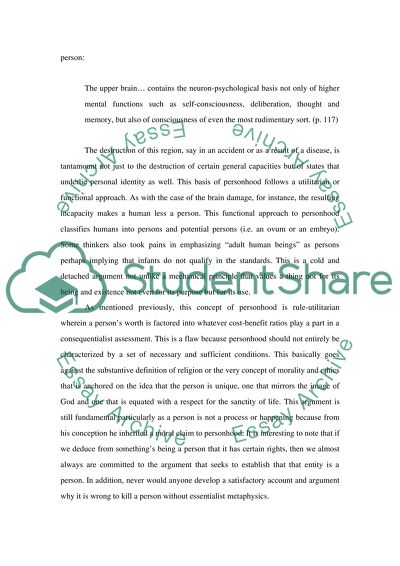Cite this document
(“Moral Significance of Personhood Essay Example | Topics and Well Written Essays - 2750 words”, n.d.)
Retrieved from https://studentshare.org/miscellaneous/1547844-moral-significance-of-personhood
Retrieved from https://studentshare.org/miscellaneous/1547844-moral-significance-of-personhood
(Moral Significance of Personhood Essay Example | Topics and Well Written Essays - 2750 Words)
https://studentshare.org/miscellaneous/1547844-moral-significance-of-personhood.
https://studentshare.org/miscellaneous/1547844-moral-significance-of-personhood.
“Moral Significance of Personhood Essay Example | Topics and Well Written Essays - 2750 Words”, n.d. https://studentshare.org/miscellaneous/1547844-moral-significance-of-personhood.


